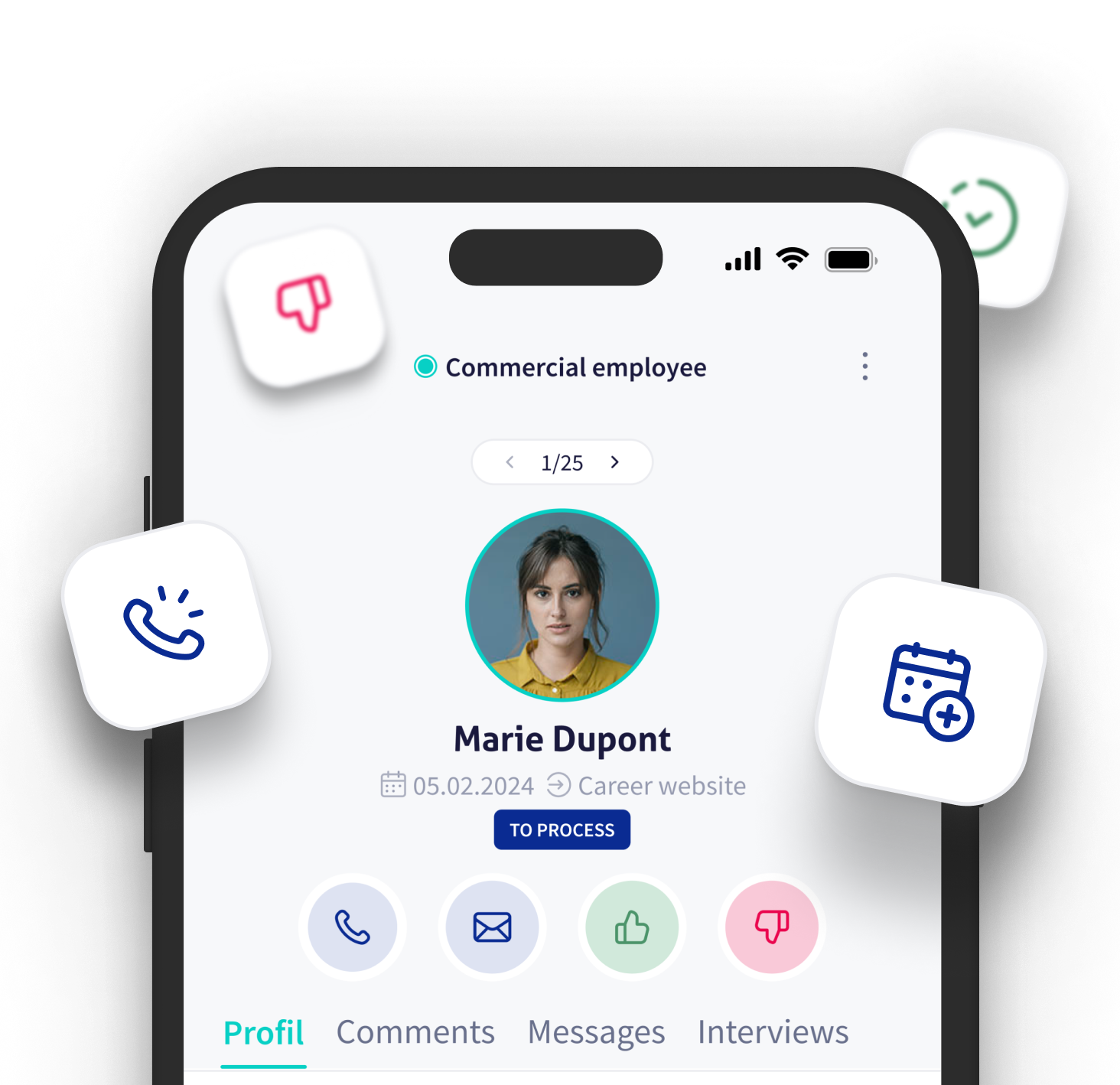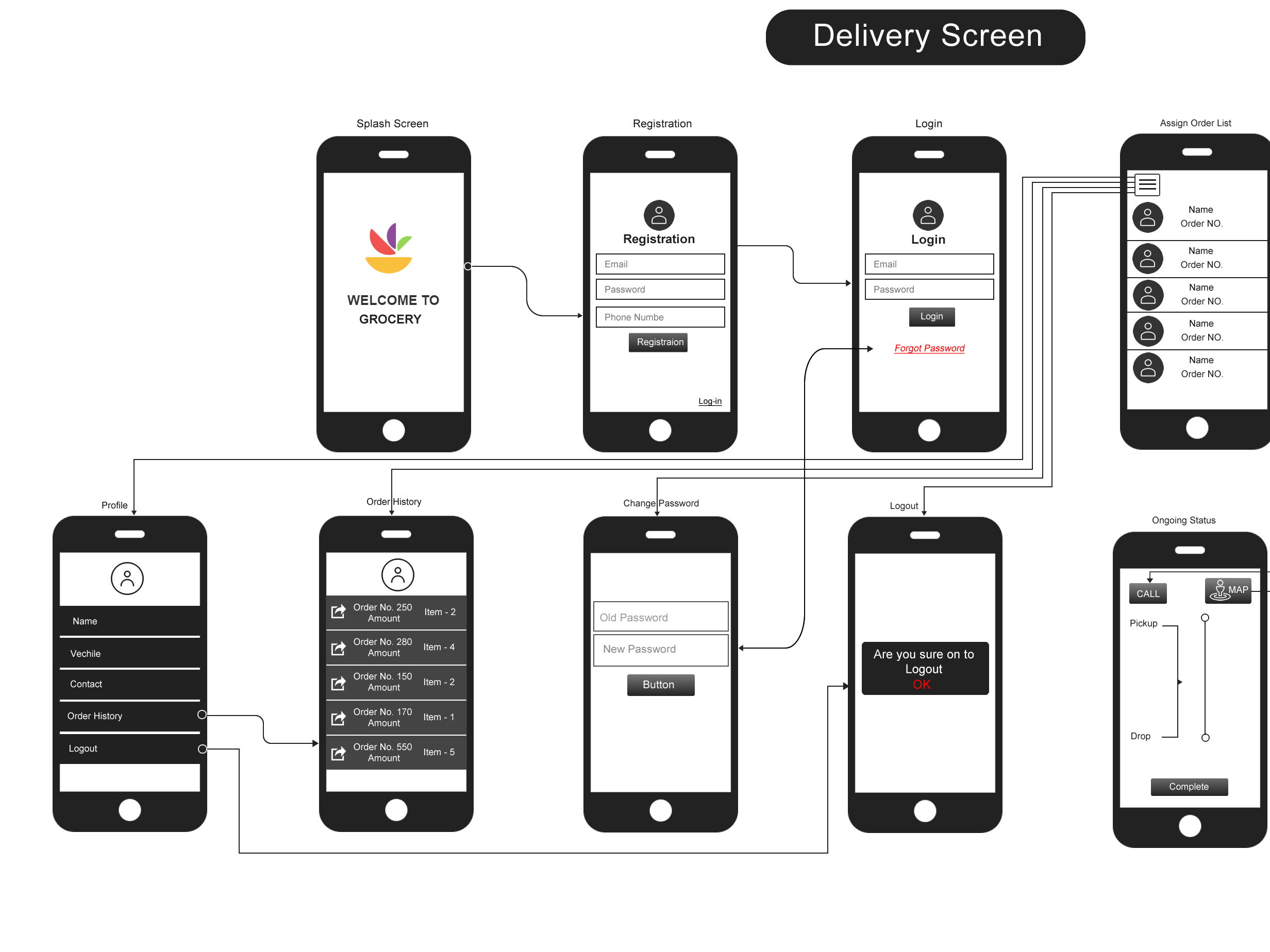Managing a remote IoT app is no longer just a trend; it’s a necessity in today’s fast-paced world. Imagine being able to control your smart home devices from the other side of the globe or monitoring industrial equipment in real-time without stepping foot into the office. The power of remote IoT management is transforming industries and making life easier for businesses and individuals alike. But how exactly do you manage a remote IoT app efficiently? Stick around, because we’re about to break it down for you step by step.
Let’s face it—IoT apps are everywhere. From healthcare to agriculture, retail to manufacturing, the Internet of Things has revolutionized the way we interact with technology. But managing these apps remotely comes with its own set of challenges. Security concerns, connectivity issues, and data management are just a few hurdles you’ll need to navigate. Don’t worry, though; we’ve got your back.
In this guide, we’ll dive deep into everything you need to know about managing remote IoT apps. Whether you’re a tech enthusiast, a business owner, or someone who’s just curious about IoT, this article will provide you with actionable insights and practical tips to ensure smooth and secure remote IoT app management. So, buckle up and let’s get started!
Read also:Travis Scott Net Worth The Untouchable Hiphop Mogul Making Waves
Here’s a quick overview of what we’ll cover:
- What is Remote IoT App Management?
- Key Challenges in Managing Remote IoT Apps
- Tools and Platforms for Remote IoT Management
- Security Best Practices for Remote IoT Apps
- Data Management in Remote IoT Apps
- Ensuring Scalability for Your Remote IoT App
- Remote Monitoring and Maintenance
- Cost Efficiency in Remote IoT Management
- Future Trends in Remote IoT App Management
- Conclusion: Taking Control of Your Remote IoT App
What is Remote IoT App Management?
Remote IoT app management refers to the process of controlling, monitoring, and maintaining IoT devices and applications from a distant location. Think of it like being the captain of a ship, but instead of steering a vessel, you’re steering a network of interconnected devices. This can include anything from smart thermostats and security cameras to industrial sensors and autonomous vehicles.
The beauty of remote IoT management lies in its flexibility and accessibility. You no longer need to be physically present to make changes or troubleshoot issues. With the right tools and strategies, you can manage your IoT ecosystem from anywhere in the world, as long as you have an internet connection. But it’s not all sunshine and rainbows. Managing remote IoT apps requires careful planning, robust security measures, and a solid understanding of the technology involved.
Why Remote IoT Management Matters
Let’s talk numbers. According to a report by Statista, the global IoT market is projected to reach a whopping $1.6 trillion by 2025. That’s a lot of zeros! As more businesses adopt IoT solutions, the demand for effective remote management grows exponentially. Here are a few reasons why remote IoT management is crucial:
- Increased Efficiency: Automating tasks and monitoring devices remotely saves time and resources.
- Cost Savings: Reducing the need for on-site maintenance and travel can significantly cut down on expenses.
- Improved Scalability: Managing IoT apps remotely allows you to expand your network without overhauling your infrastructure.
- Enhanced Security: With remote management, you can implement security protocols and updates in real-time.
Key Challenges in Managing Remote IoT Apps
Managing remote IoT apps isn’t without its challenges. From connectivity issues to data breaches, there are several obstacles you’ll need to overcome. Here’s a closer look at some of the most common challenges:
1. Connectivity Problems
One of the biggest hurdles in remote IoT management is ensuring consistent connectivity. Devices located in remote areas may experience poor signal strength or intermittent internet access. This can lead to delays in data transmission and affect the overall performance of your IoT app.
Read also:Liam Costner The Rising Star Redefining Hollywoods Landscape
2. Security Threats
IoT devices are prime targets for cybercriminals. With so many devices connected to the internet, the risk of unauthorized access and data breaches is higher than ever. Securing your remote IoT app requires a multi-layered approach, including encryption, authentication, and regular software updates.
3. Data Overload
IoT apps generate massive amounts of data, and managing this data can be overwhelming. Storing, processing, and analyzing data from multiple devices requires a well-structured data management strategy. Without it, you risk losing valuable insights or facing performance issues.
Tools and Platforms for Remote IoT Management
When it comes to managing remote IoT apps, having the right tools and platforms is essential. Here are some of the top options available:
1. AWS IoT Core
AWS IoT Core is a fully managed service that allows you to securely connect and interact with IoT devices at any scale. With features like device management, messaging, and analytics, AWS IoT Core is a popular choice for businesses looking to streamline their remote IoT operations.
2. Microsoft Azure IoT
Microsoft Azure IoT offers a comprehensive suite of tools for building, deploying, and managing IoT solutions. Its robust security features and integration capabilities make it a go-to platform for enterprises of all sizes.
3. Google Cloud IoT Core
Google Cloud IoT Core provides a secure and scalable environment for managing IoT devices. With support for MQTT and HTTP protocols, it’s easy to connect and manage your devices from anywhere in the world.
Security Best Practices for Remote IoT Apps
Security should always be a top priority when managing remote IoT apps. Here are some best practices to keep your devices and data safe:
- Implement strong authentication mechanisms, such as two-factor authentication (2FA).
- Encrypt all data transmissions to prevent unauthorized access.
- Regularly update firmware and software to patch vulnerabilities.
- Monitor devices for suspicious activity and set up alerts for potential security breaches.
Data Management in Remote IoT Apps
Data is the lifeblood of any IoT app, and managing it effectively is crucial for success. Here are some tips for managing data in remote IoT apps:
1. Use Cloud Storage
Cloud storage solutions like AWS S3 and Google Cloud Storage offer scalable and cost-effective ways to store and manage large volumes of data. They also provide features like data backup and recovery, ensuring your data is always safe.
2. Leverage Edge Computing
Edge computing allows you to process data closer to the source, reducing latency and improving performance. This is especially useful for applications that require real-time data processing.
Ensuring Scalability for Your Remote IoT App
As your IoT network grows, ensuring scalability becomes increasingly important. Here’s how you can prepare for future expansion:
1. Choose Scalable Platforms
Select platforms that can grow with your business. Cloud-based solutions are often the best choice, as they offer virtually unlimited scalability.
2. Plan for Future Needs
Anticipate future demands and design your system accordingly. This might include adding more devices, increasing data storage capacity, or enhancing security measures.
Remote Monitoring and Maintenance
Remote monitoring and maintenance are key components of effective IoT management. Here’s how you can stay on top of your IoT app’s performance:
1. Set Up Alerts
Create alerts for critical events, such as device failures or security breaches. This will allow you to address issues quickly and prevent downtime.
2. Perform Regular Maintenance
Schedule regular maintenance checks to ensure all devices are functioning properly. This includes updating software, checking connections, and performing routine diagnostics.
Cost Efficiency in Remote IoT Management
Managing remote IoT apps can be cost-effective if done right. Here’s how you can save money while maintaining high performance:
1. Optimize Resource Usage
Use tools like load balancing and auto-scaling to optimize resource usage and reduce costs.
2. Choose Cost-Effective Solutions
Select platforms and tools that offer the best value for your budget. Open-source solutions can be a great option for businesses looking to cut costs.
Future Trends in Remote IoT App Management
The world of IoT is constantly evolving, and keeping up with the latest trends is essential for staying ahead. Here are a few trends to watch out for:
1. Artificial Intelligence (AI)
AI is revolutionizing IoT management by enabling predictive maintenance, anomaly detection, and automated decision-making. Expect to see more AI-powered tools in the future.
2. 5G Connectivity
The rollout of 5G networks will significantly enhance the capabilities of remote IoT apps, providing faster speeds and lower latency.
Conclusion: Taking Control of Your Remote IoT App
In conclusion, managing remote IoT apps requires a combination of technical expertise, strategic planning, and a commitment to security and efficiency. By leveraging the right tools, platforms, and best practices, you can ensure your IoT app runs smoothly and delivers maximum value.
So, what are you waiting for? Take control of your remote IoT app today and unlock the full potential of the Internet of Things. Don’t forget to leave a comment or share this article if you found it helpful. And remember, the future of IoT is here, and it’s remote!


